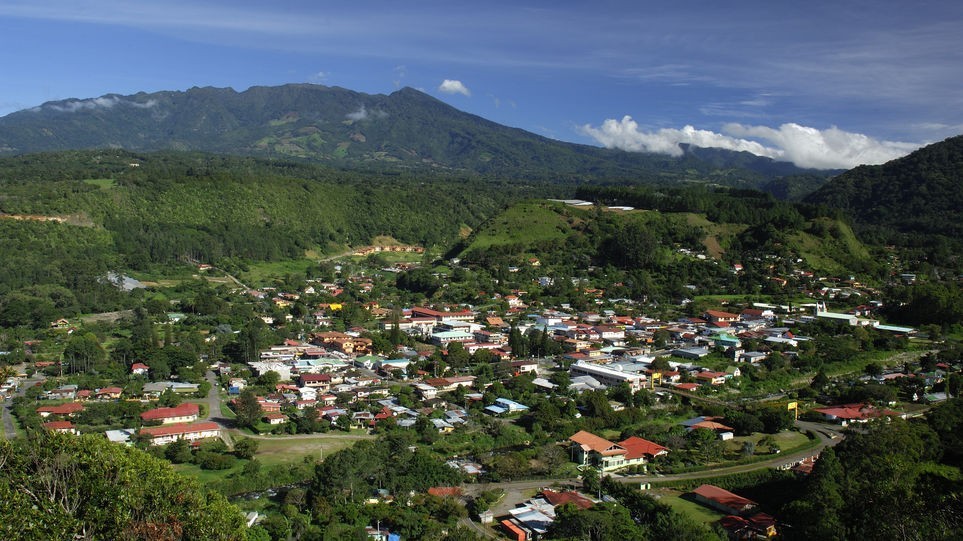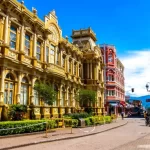Panama vs. Costa Rica: The Real Scoop
I have lived in Central America for almost 40 years and have had ample opportunity to observe expat retirement trends. During that time I have written retirement guides about Costa Rica, Panama, and Nicaragua, all of which have been best-sellers at one time or another. I have also discussed the advantages of moving to Central America in over a hundred of articles on my blog.
People have said that I am a pioneer in relocating to Central America, and based on my experience I think I can be objective in comparing the most popular destination countries as options for retirement. That comparison requires that I eliminate El Salvador, Honduras, and Guatemala as possibilities because those Central American countries have never been considered retirement havens, due to the rampant crime, poverty, and gang violence. And, at the present time, relocation to Nicaragua is out of the question because of the serious political unrest there. This leaves us with Costa Rica and Panama as the only remaining, logical choices, and I will concentrate on them, here.
Panama, officially called the Republic of Panama, is geographically S-shaped, and runs from east to west. It is 480 miles long and its width ranges from 37 to 110 miles. Panama is bordered by Costa Rica to the northwest, Colombia to the southeast, and the Caribbean Sea to the north and the Pacific Ocean to the south. It is at the southern end of the Central American isthmus; the narrow piece of land that connects North and South America, forming the land bridge between the two continents. The capital, and largest city, is Panama City, whose metropolitan area is home to nearly half the country’s four million people.

Perhaps the most salient feature of the country is its transoceanic canal. With the backing of the United States, Panama seceded from Colombia in 1903, allowing the construction of the Panama Canal. The canal was completed by the US Army Corps of Engineers between 1904 and 1914, and in 1977 the Torrijos-Carter Treaty led to the transfer of the control of the canal from the United States to Panama on December 31, 1999.
One of the first things expats look at when deciding on a retirement location is the weather. Except for its mountainous areas as the northwest, Panama is mainly a flat, low-lying country with a hot, humid climate. It has a long rainy season (May to January) and short dry season the remaining months. The hot and humid climate can be very oppressive at times, and makes air-conditioning a necessity most of the year round. Owners of homes, condos, or apartments in Panama City can expect to spend at least a couple of hundred dollars on A/C monthly.
There are only two or three places where most expats settle in Panama: Panama City, Coronado (a popular expat beach community), Santa Fe, and the Boquete area. As I just alluded to, Panama City, which is only 622 miles from the equator, is very hot. Coronado is expensive, Sante Fe is off the beaten path, and Boquete is isolated, since it is in the remote northwest corner of the country near the City of David and the border with Costa Rica. The rest of the country is fairly desolate and few retirees choose to live there.
On one of my monthly relocation retirement tours of Costa Rica, I had a conversation with woman who was living in Panama and is a resident of the country. I asked her, Why are you taking a Costa Rica retirement tour if you live in Panama?“ She replied, “Costa Rica offers many more places for expats to live and I want to check some of them out.”

I couldn’t argue with her because what she said is one-hundred percent correct. Many expats settle in Costa Rica’s Central Valley because of the year-round, spring-like climate. There is a large choice of locations where expats live, and some of the most popular include Atenas (which reportedly has the best climate in the world), Grecia, San Ramón, Heredia, Cariari, Alajuela, Santa Ana, Escazú, and even some areas in and around San José, such as Rohrmoser. San Isidro de General in the southern part of the country is another popular area with expat retirees.
For those who desire beach living, most retires choose the Pacific Coast. This part of Costa Rica is dotted with scores of places to live along the water’s edge; from Guanacaste in the north to Golfito in the south. In the middle is Jacó, a very popular spot for many expats. The natural beauty is unparalleled in places like the Dominical area, which is sometimes called the “Tropical Big Sur” because of the spectacular mountain range which meets the sea there. For more adventurous souls, the Caribbean coast offers seaside gems like Puerto Viejo, Cahuita, and Manzanillo.
Indeed the cost of living in Costa Rica is higher than it is in Panama, but as we say in Spanish, “Lo que algo vale, algo cuesta,” “You really get what you pay for.”
CLOSING:
This has been a brief look at some of the factors to consider when evaluating a retirement relocation. If you detect some bias on my part towards Costa Rica, I apologize. But, with many years of experience with both countries, and when I compare them fairly, it always comes out in favor of Costa Rica.



